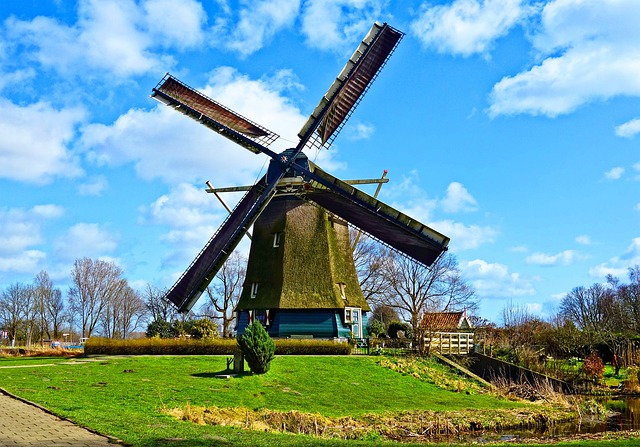In the Netherlands, a country known for its picturesque landscapes and vibrant cities, astrophotographers face unique obstacles. These obstacles test their skills and creativity. From unpredictable weather patterns to heavy light pollution, the challenges of astrophotography in the Netherlands can make navigating the Dutch skies a daunting task. This is true even for the most experienced photographers.

The Weather
One of the most significant challenges astrophotographers encounter in the Netherlands is the unpredictable weather. Located in Northwestern Europe, the country experiences a maritime climate. This climate is characterized by mild summers, cool winters, and frequent cloud cover. These atmospheric conditions can make it challenging to plan astrophotography sessions. Clear nights suitable for capturing celestial wonders are often few and far between. Patience becomes a virtue as photographers must wait for the perfect window of opportunity to align with their shooting schedules.

Light Pollution

As one of the most densely populated countries in Europe, the Netherlands is aglow with artificial light sources. These light sources drown out the faint beauty of the night sky. Urban areas, in particular, are plagued by skyglow. This makes it difficult to capture crisp, clear images of celestial objects. To combat this challenge, astrophotographers often seek out remote locations far from city lights. They may also invest in light pollution filters to enhance the contrast and clarity of their images.
Furthermore, the pervasive light pollution in the Netherlands necessitates the use of narrowband imaging techniques. Unlike traditional broadband filters that capture a broad spectrum of light, narrowband filters isolate specific wavelengths of light emitted by celestial objects. Examples include hydrogen-alpha, oxygen III, and sulfur II. By targeting these narrow bands of light, astrophotographers can effectively cut through the light pollution. This allows them to capture stunning images of nebulae, galaxies, and other deep-sky phenomena.
Despite these challenges, astrophotography in the Netherlands offers a unique opportunity. Photographers can push the boundaries of their craft and capture the beauty of the cosmos. This is set against the backdrop of a modern, urbanized landscape. Through patience, perseverance, and a willingness to adapt to the ever-changing conditions of the Dutch sky, photographers can unlock breathtaking images. These images can inspire wonder and awe.
Rising to the Challenge
Over the next few weeks, I will be detailing how I overcome these obstacles. I have put together a short introduction video showing how I captured the stunning Rosette Nebula. I used low-cost light pollution filters from my backyard here in North Holland:
The series will take you through each of the stages, which are:
- Chapter 1: Astrophotography equipment setup, orientation, balancing, cooling, polar alignment, and dealing with those pesky street lights, trees, dew, and high humidity!
- Chapter 2: Image acquisition using Sequence Generator Pro. This includes sequence planning, filter changes, auto-focusing, rotation, plate solving, and grading. Plus autoguiding with PHD2.
- Chapter 3: Image stacking using Astro Pixel Processor. This includes image selection, pros and cons of different quality grading, stacking options, and initial light pollution removal, for each filter.
- Chapter 4: Stacked image processing using PixInsight. This includes a complete narrowband workflow, complimented by processes from the excellent RC Astro, GHS Astro, and StartNet2.
Don’t forget to subscribe to my YouTube channel to receive notifications when these chapters are uploaded.
In conclusion, astrophotography in the Netherlands presents a host of challenges. These range from unpredictable weather patterns to heavy light pollution. However, with careful planning, innovative techniques, and a passion for the cosmos, photographers can overcome these obstacles. They can capture the majesty of the universe from the heart of Europe, just like this:

I also publish to AstroBin, so you can find more about this image by visiting my gallery.
Clear skies!
